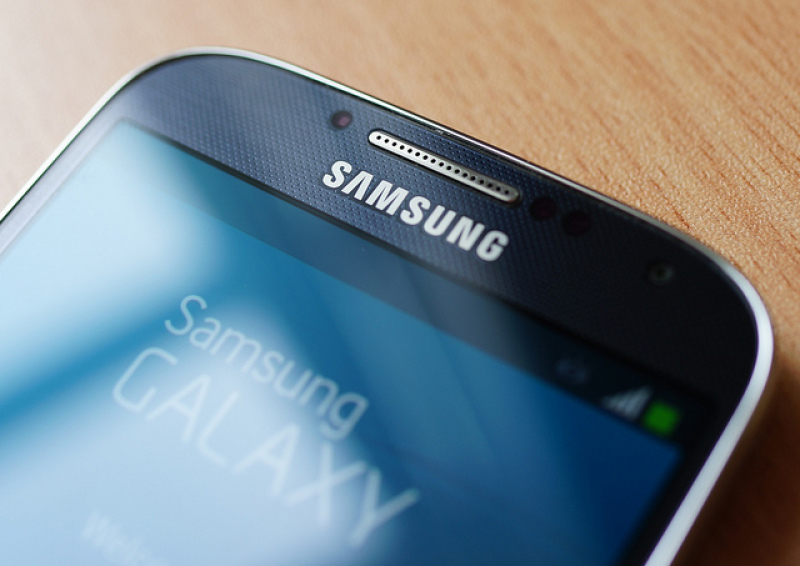
For Android fans using the Samsung Galaxy S4 and LG G Pro 2, the latest update for Android, version 5.0 Lollipop, has started rolling out last week.
According to a report by GSM Arena, LG's gigantic Android phablet in Korea will start to receive the update, providing enhanced performance and a number of new features to the handset.
In the report, Android 5.0 Lollipop will bring a new Material Design to the handset, a new notification bar, improved overall performance, and better security features.
The Lollipop update will be available for all three variants of the LG G Pro 2 - LG-F350S, LG-F350K, and LG-F350L. Announced last year during the Mobile World Congress, the LG G Pro 2 was seen as a rival of the Galaxy Note 3. The handset boasts a 5.9-inch display with Full HD (1920 x 1080) resolution, 3GB of RAM, a Snapdragon 800 chipset, and either a 16GB or 32GB of built-in memory.
Meanwhile, as for the Samsung Galaxy S4 Exynos edition, the device will reportedly receive the Lollipop update in Russia. However, the report from GSM Arena indicated that users may need to move some applications from the internal memory to the SD card as the update requires 3GB of memory.
In the report, the Lollipop installation would require 950MB of memory from the internal storage. This is due to the new ART runtime, which reportedly gathers all the files from apps the first time the device is turned on. The report said Dalvik had an app cache as well, but that it was much smaller than ART's.
The Galaxy S4 is Samsung's flagship two years ago, and boasts a top-notch design, specs and features. Some of its specs include a 5-inch Super AMOLED display with Full HD (1920 x 1080) resolution, 2GB of RAM, and a Snapdragon 800 chipset.
Both Samsung's Galaxy S4 and LG's G Pro 2 boast a Snapdragon 800 SoC, which could mean that the integration for Android 5.0 Lollipop may still be in that realm. Devices that were released later than the Galaxy S4 have not yet received the update. Even HTC, which has been pretty accurate in setting its 90-day deadline for its flagship phones, failed to meet its goal for the first time.



















